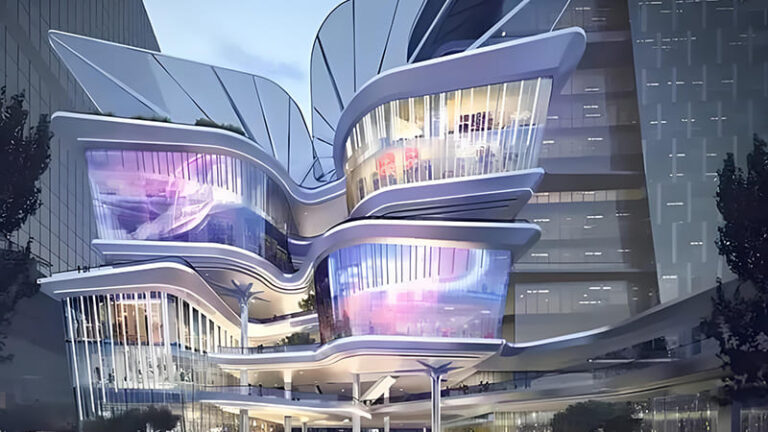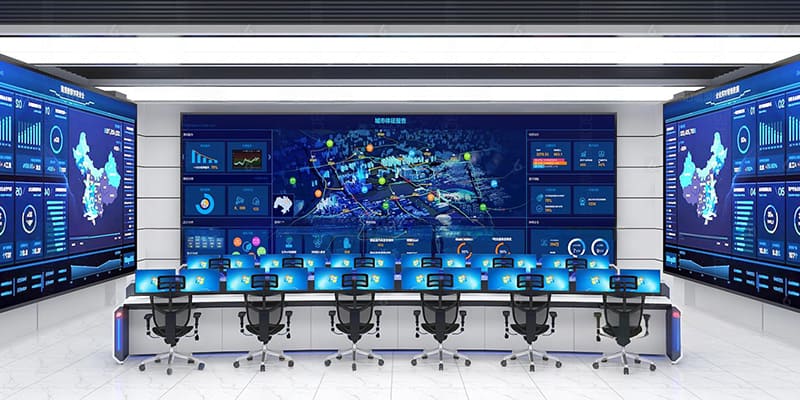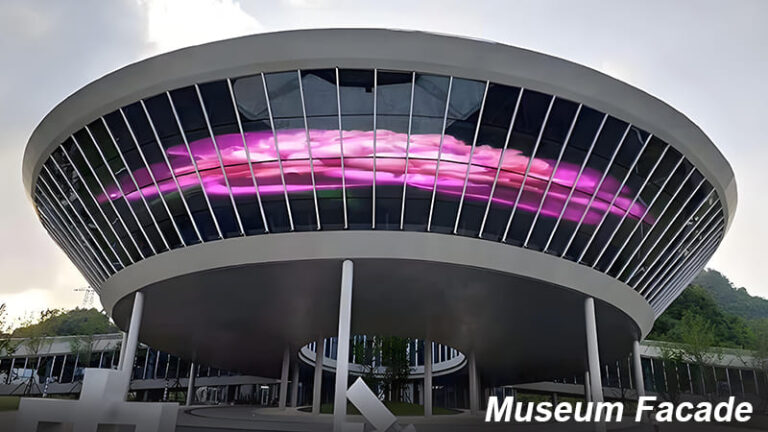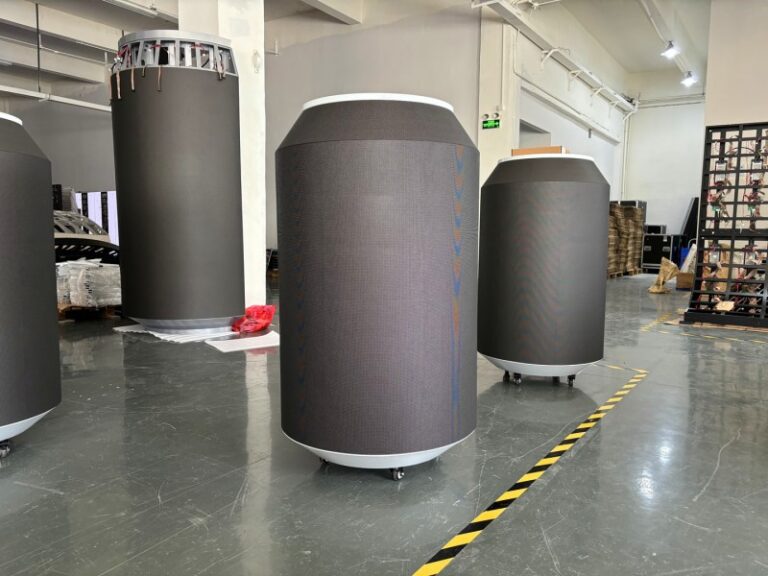
Digitopia Holographic LED Screen: High-Transparency Displays with S...
In a world where immersive experiences are redefining how brands engage audiences, Digitopia’s Holographic LED Screen stands out...

As the demand for fine-pitch LED displays grows in retail, malls, control rooms, and DOOH advertising, the need for smarter control systems has become more critical. Traditional centralized video processing systems are gradually being phased out, giving way to distributed processing systems that are more efficient, scalable, and user-friendly.
At Ebani Tech, through our Digitopia™ Smart Screens, we integrate these next-generation systems into our networks, ensuring brands get maximum performance and reliability.
Here are the key advantages of distributed processing for fine-pitch LED displays.
Smarter System Architecture with Lower Costs
Unlike centralized architectures that depend on heavy cooling fans and rigid card-based expansion, distributed processing modules use passive cooling. This natural cooling method reduces noise, disperses heat effectively, and lowers energy costs.
Because the system runs in parallel across a network, it is also highly scalable. Adding more display modules or sources is simple and cost-efficient, eliminating the complexity of centralized card expansion.
Additionally, distributed systems allow independent input source configuration. Each source can be adjusted with its own colour scheme and settings, giving operators more flexibility without affecting performance.
Reliability Through Fault Tolerance
One of the biggest weaknesses of centralized systems is the “single point of failure.” If one unit malfunctions, the entire display network can go down.
Distributed systems solve this problem. Each module operates independently, so a failure in one unit does not disrupt the entire display.
Furthermore, these systems use lossless compression instead of sending raw video signals. This ensures:
The result is more reliable, stable, and professional-grade LED performance.
Seamless Real-Time Signal Switching
In centralized systems, switching video sources often results in black screens, frozen frames, or lag. Distributed processing eliminates these problems.
By using real-time encoding technology, distributed systems provide instant, seamless signal switching. This creates smoother transitions and a more natural viewing experience, which is critical for high-visibility applications such as retail advertising, events, and live broadcasts.
A User-Friendly Experience with No Learning Curve
Distributed processing systems are designed with the end user in mind. They replicate familiar operation modes and require virtually no additional training.
Users can easily:
Compatibility with traditional video systems also ensures a smooth transition for businesses upgrading from older control systems.
The Smarter Choice for Modern LED Networks
In summary, distributed video processing offers:
This makes it the ideal choice for driving fine-pitch LED displays in today’s advanced display environments.
At Digitopia™ by Ebani Tech, we bring these innovations to life, powering projects such as Odeon Mall, India’s First Smart Mall, with advanced LED and AI-driven technology.
📞 To learn how distributed processing can improve your LED display network, call +91 7799000590 / +91 7799000600
📧 Email: [email protected]
Digitopia™ by Ebani Tech
Pioneering the future of intelligent LED display solutions.

In a world where immersive experiences are redefining how brands engage audiences, Digitopia’s Holographic LED Screen stands out...

Modern museums are more than spaces to preserve history — they are cultural landmarks that blend architecture, storytelling,...

As technology continues to evolve, LED displays have become one of the most powerful tools for advertising, branding,...